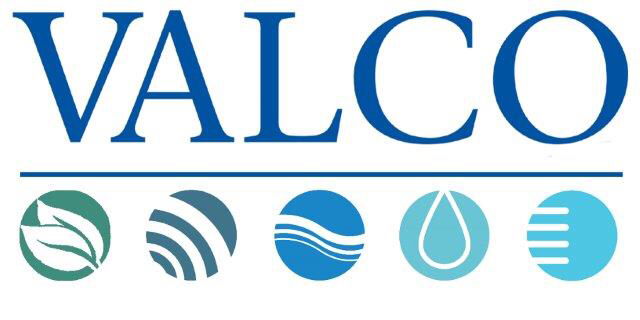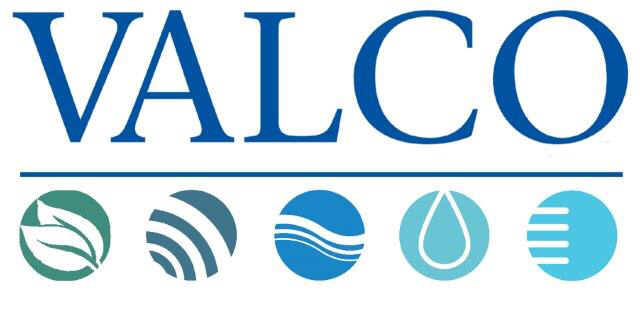Information
-
Document No.
-
TBT03
-
Client / Site
-
Location
-
Conducted on
-
Conducted by
-
Add signature
Near Miss
-
A Near Miss is an unplanned event that did not result in injury, illness, damage or product loss - but had the potential to do so. The difference between a near miss and a full blown incident is often a fraction of a second or a fraction of an inch that may not be there the next time. Near misses are warnings of accidents in the making. By accepting these warnings and looking for their causes, we can prevent these situations recurring.
Why Should They Be Reported?
The prevention and elimination of accidents can only be progressed by reporting the near misses as they occur. If the near misses are not reported, then no incident investigations will be carried out and none of the problems and warnings will be spotted. As a result, any learning points found cannot be communicated to others, who will therefore still be "at risk". A near miss can be considered as an indication that something is wrong, maybe with the system of work and it is important that everyone is "warned" by each near miss that occurs so that standards can be improved.
Ignoring the near misses and the conditions that lead to them is an open invitation for an accident to occur. Do not shrug off the near misses because nothing happened, let's find out why they happened and propose improvements to ensure that they do not happen again. This can only be done with your help, by you reporting them as they occur.
If you can, give examples from your own experience or from site
LET US REGARD NEAR MISSES THE SAME WAY AS BAD ACCIDENTS. LET US WEED OUT THE PROBLEMS WHILST WE STILL HAVE THE CHANCE
Questions
-
Do you know how to report a near miss?
Feedback from attendee's.
-
Feedback
Attendee Signatures
-
Add signature
-
Add signature
-
Add signature
-
Add signature
-
Add signature
-
Add signature
-
Add signature







